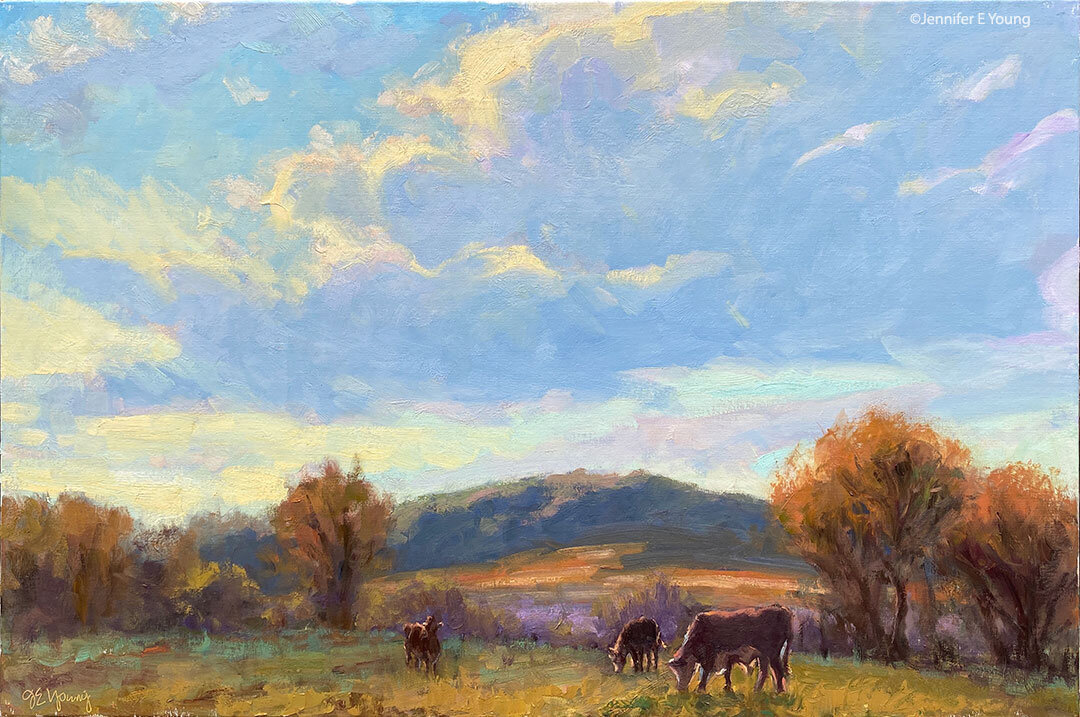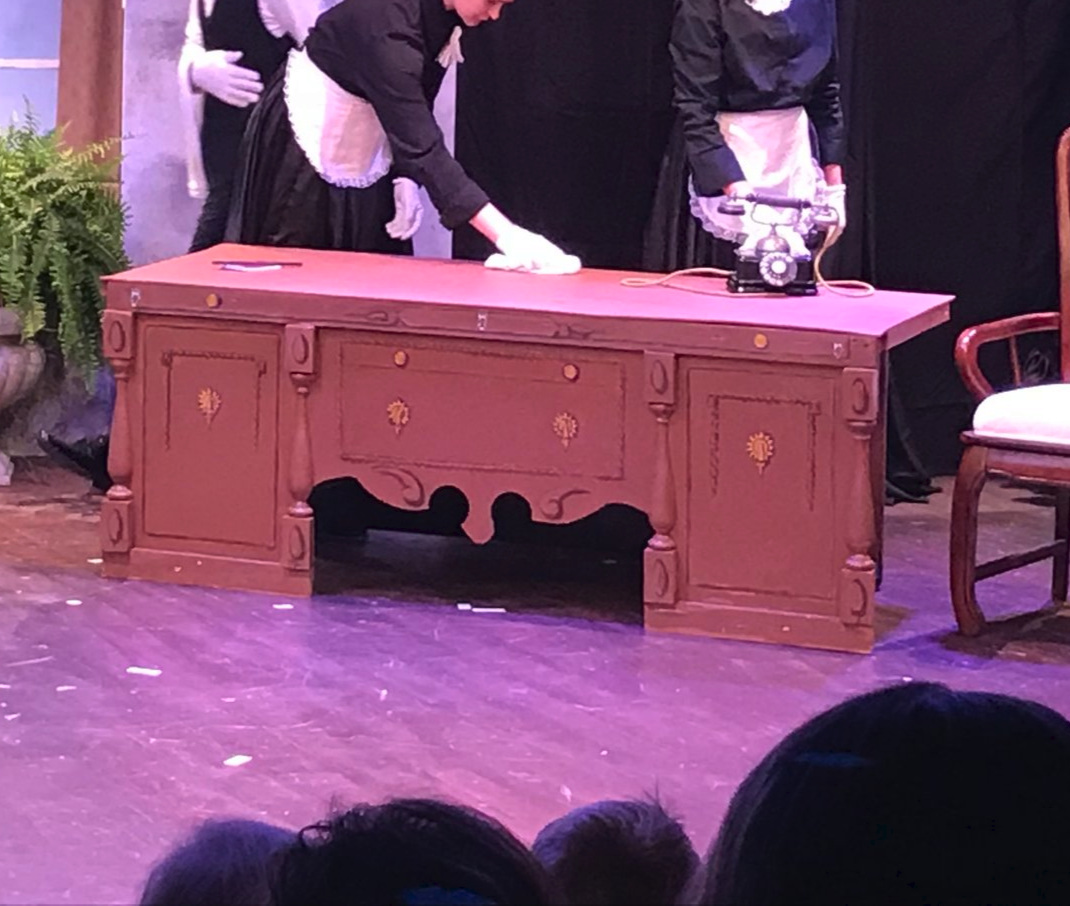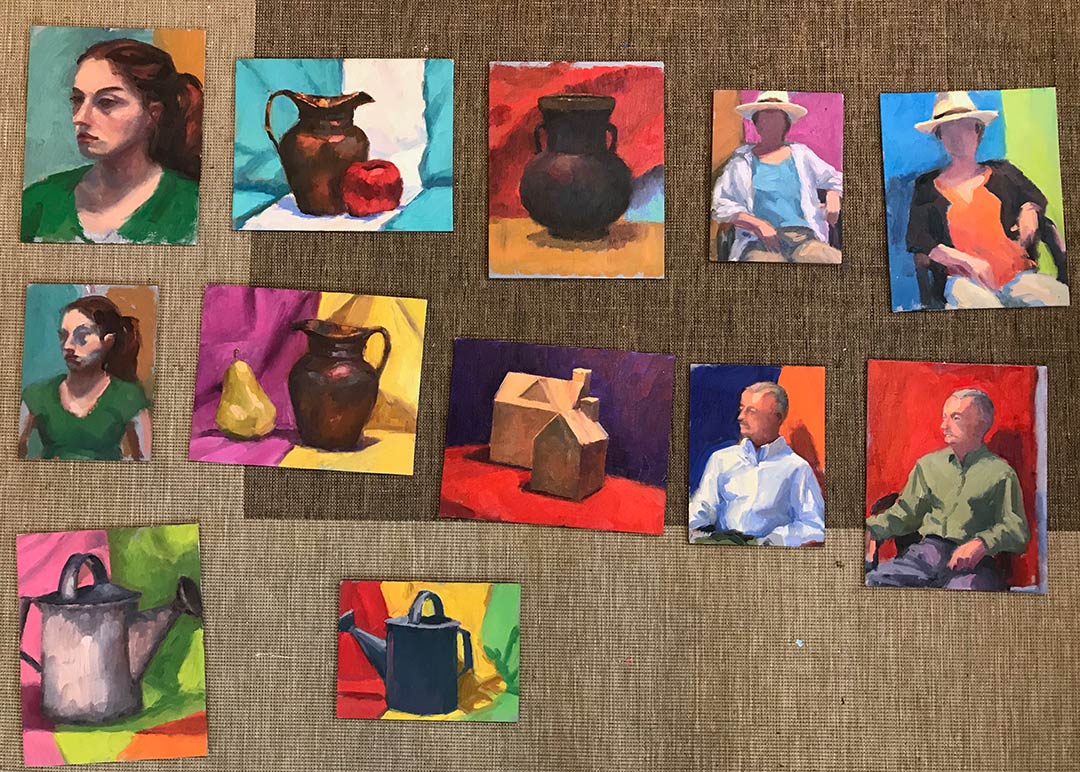Preparing for Travel
/House guests kept my pretty busy during President's day weekend, so not much time for blogging until now. It has snowed off and on here for the past few days, but nothing really lingers too long. The Key West trip coming up this weekend is seeming even sweeter as I look out my window and see yesterday's cold weather remnants on the ground. All I ask is to just keep the roads and airplane wings clear of ice until I can get down south! Today I am playing with some art supplies so that I can determine what to bring with me down to Key West. If I had no limitations I would just bring my oils and easel, because in my opinion there is just nothing like them! But a plein air painter or sketcher has to consider the most portable and lightweight options when traveling, and especially when dealing with the airlines, and oils don't always fit the bill.
Typical plein air travel gear can include:
- Easel or pochade box with attached tripod
- Paints
- Painting medium
- Paint Thinner (for oils- best to buy this at the destination if possible)
- Brushes and palette knives
- Hat and rubber gloves (optional but I am a messy painter)
- Canister for paint thinner (for oils) or water (for other water media)
- Small spray bottle filled with water (for water media)
- Paper towels
- Plastic bag for trash
- Bug spray and sunscreen
- Bottled water
- Small sketchbook and pencils (for working out compositions)
- Camera
- Painting surfaces (canvas, panels, papers, etc.)
- Wet panel carrier (for oils)
Other optional supplies might be:
- View finder (a little tool for determining your composition on the fly)
- Portable chair or stool
- Extra bungees and weights (for weighting your easel on a windy day)
- Umbrella
- A rolling case or dolly to cart all of this stuff around!
By no means am I saying that all of these supplies are required. Some watercolorists get by with two brushes, a watercolor block, sketch pad, a small container, some pens and pencils, and 3 to 5 paint colors, all stashed in a backpack. I think it is all what one feels comfortable with. A studio painter usually has more "stuff" within arms length, and paring down requires some effort and acclimation. I have done both studio and plein air painting, so I feel pretty comfortable with both. Even so the temptation is to bring more (maybe too much) stuff "just in case I need it". I'll try and post my painting kit here once I've figured it out.
-Jennifer Young; Vibrant Landscapes www.jenniferyoung.com Contact


 by Julie Morgenstern that is very helpful in this respect. This book is especially appealing to me because her approach is both creative and accessible. One of her techniques is to set up your environment in stations, according to task. So, for instance, in my studio I have a painting station, a framing station, a storage area, a cleaning station, and so on. Within those stations, every tool or supply has a "home" so that you always know where to find it. That is the idea, any way, and when you set it up like that from the start, it really does work!
But when I moved to the new studio I kind of got away from that, and instead just set up as quickly as possible to get started with my painting. This worked for a while, but now my calendar is filling up with travel plans, (Key West countdown: 2 weeks!!) andÂ
by Julie Morgenstern that is very helpful in this respect. This book is especially appealing to me because her approach is both creative and accessible. One of her techniques is to set up your environment in stations, according to task. So, for instance, in my studio I have a painting station, a framing station, a storage area, a cleaning station, and so on. Within those stations, every tool or supply has a "home" so that you always know where to find it. That is the idea, any way, and when you set it up like that from the start, it really does work!
But when I moved to the new studio I kind of got away from that, and instead just set up as quickly as possible to get started with my painting. This worked for a while, but now my calendar is filling up with travel plans, (Key West countdown: 2 weeks!!) and 












